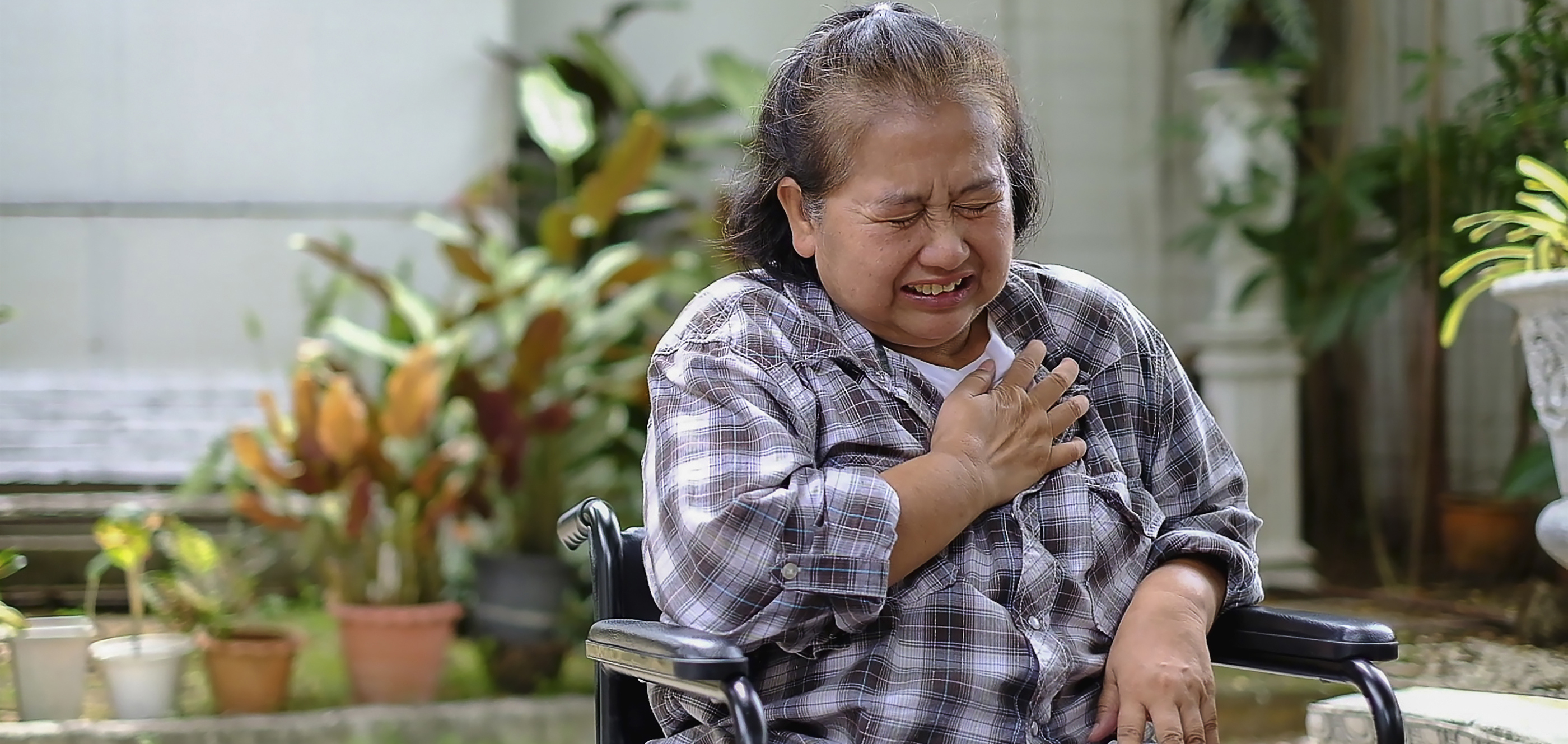Women do poorly compared to men following a major heart attack not because they are older or more frail, but because they are given sub-optimal treatment
More women die after a major heart attack than men because fewer women are given life-saving procedures and medications in hospital, an analysis has shown.
A study involving 41 Australian hospitals published in the Medical Journal of Australia found that women were missing out on evidence-based management for ST-elevation myocardial infarction (STEMI).
STEMI is a relatively-common, readily-identifiable, potentially-lethal condition that has a standard treatment pathway, which usually includes surgical intervention.
Despite the clear clinical guidelines, women with a STEMI were less likely to undergo investigative coronary angiography than men, according to the study findings.
In addition, revascularisation was performed less frequently in women with STEMI than men.
Men were significantly more likely than women to be discharged from hospital taking important preventative medications, such as beta-blockers, statins, and have referrals to cardiac rehabilitation in hand.
“These treatment disparities lead to women being twice as likely to die than men six months after their heart attack,” the researchers wrote in an article for The Conversation.
Women with STEMI were usually older than men, and had more risk factors, such as diabetes, high blood pressure and high cholesterol.
These differences historically provided an “excuse” for the gender gap in outcomes for patients with heart attacks, Associate Professor Lynne Pressley, an interventional cardiologist affiliated with The University of Sydney, said.
But the researchers found that the differences in treatment between men and women with STEMI persisted even when they adjusted for age and co-morbidities.
“These differences do not seem medically justified,” the researchers said.
That women were being denied appropriate management following a heart attack was “incomprehensible”, said Associate Professor Pressley.
In the absence of an explanation in the literature, she speculated that it might be due to a negative feedback loop, where cardiologists decided against invasive management because female patients tended to have poorer outcomes, but were inadvertently contributing to those poorer outcomes by withholding treatment.
Cardiologists might be making subjective assessments instead of using objective risk assessment tools, which recommended invasive management for STEMI even in older, frailer patients, she said.
Gender inequities were common in the field of cardiology, where women were generally “under-diagnosed, under-treated and under-researched”, said Associate Professor Pressley.
Guidelines for management of acute myocardial infarction were mainly based on trials in men. There were “subtle differences” in the presentation, management and pathophysiology of women with heart attacks, but only a few trials in the US and, more recently, two in Australia were investigating these distinctions, she said.
Associate Professor Pressley chairs the Heart Foundation’s Hearts and Heels Cardiology Roundtable, a group of NSW-based female cardiologists who come together a few times a year to informally explore the issue of heart disease in women.
The drive towards gender equality in patient care was likely to come from female cardiologists because they took a special interest in the problem, she said. But male cardiologists still vastly outnumbered female cardiologists, especially in surgery.


